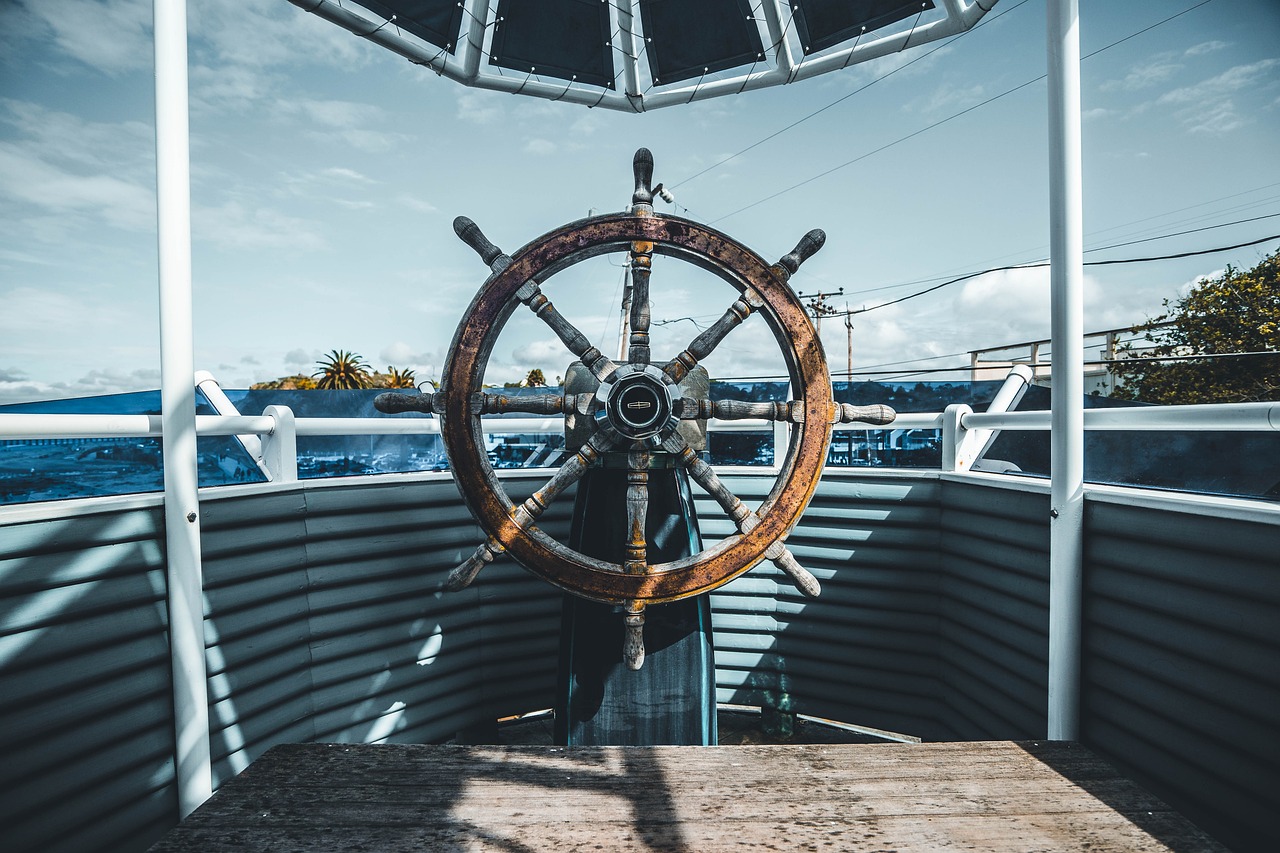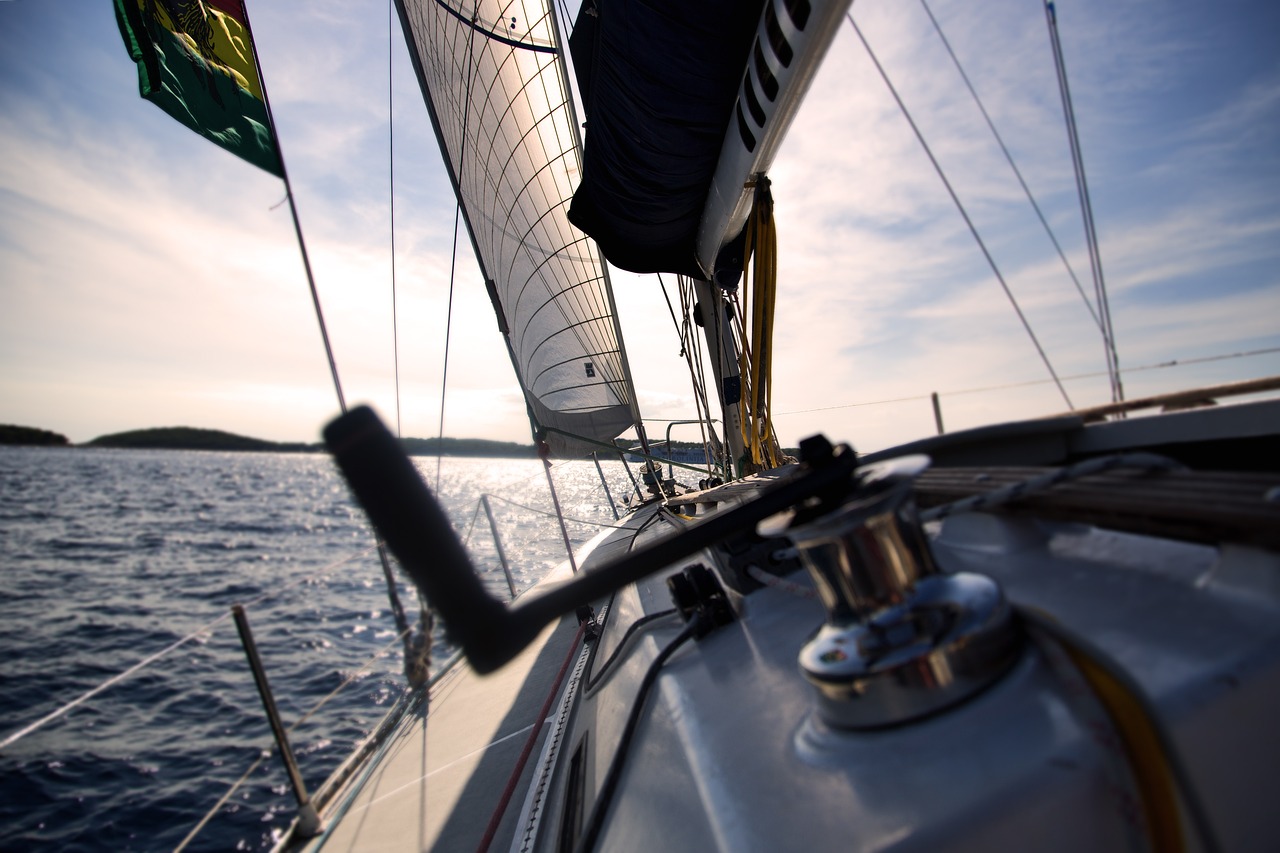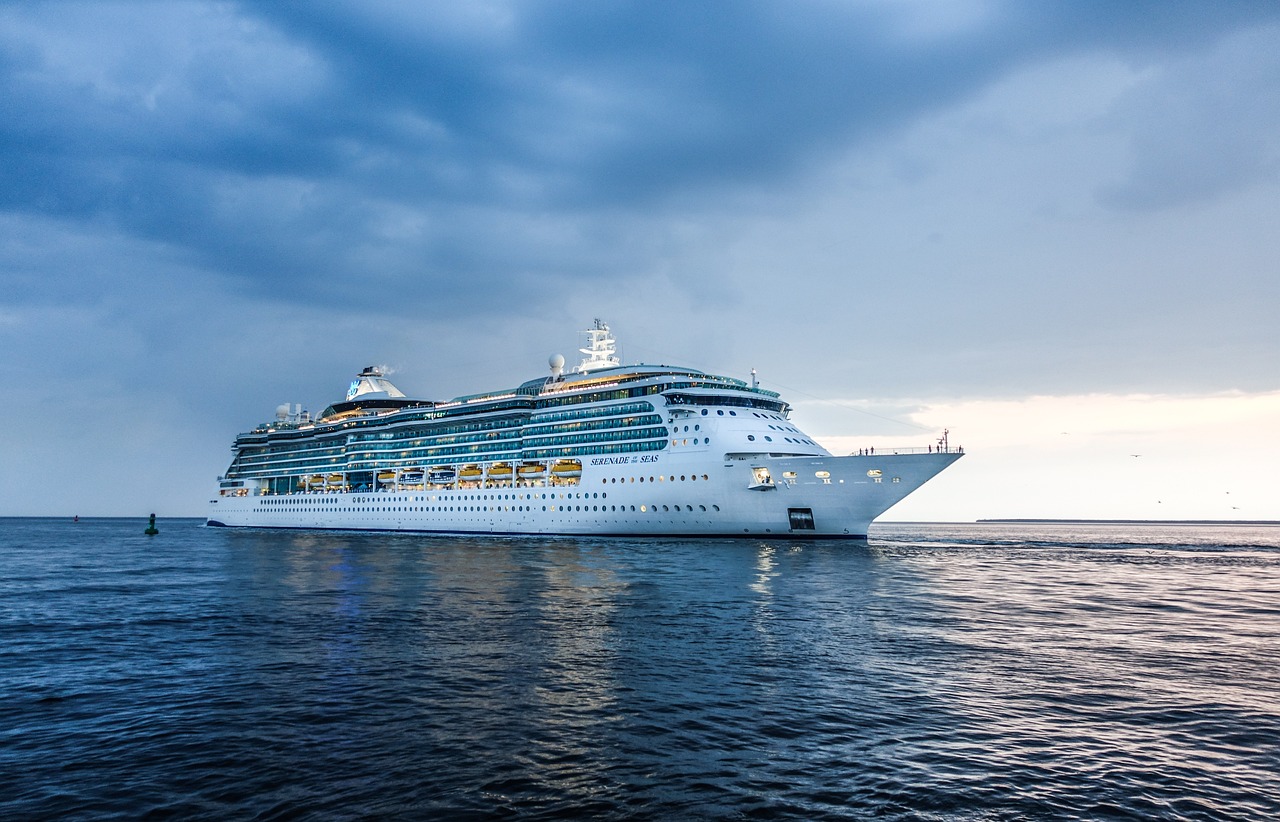All UK vessels in commercial use, up to 24 metres load line length (LLL), which go to sea and carry no more than 12 passengers and/or cargo, are required by law to comply with the Maritime and Coastguard Agency (MCA) Small Commercial Vessel and Pilot Boat Code of Practice and be issued with Certificates by an Authorised Certifying Authority. The number of persons that the vessel carries can be greater than 12, for example 10 crew and 12 passengers.
If your vessel is under 24m load line length and is being used commercially under the British flag then it will need to be Coded. This includes occasional commercial use as well as permanent use, and boats such as sport fishing boats, RIBs used for rides for the public, boats taking workers out to wind farms and oil rigs etc with no more than 12 passengers and crew as required. Some exception’s are boats taking part in some specific races. The Codes cover:
• Sailing charter boats, including skippered and bareboat
• Motor charter vessels including angling and dive boats
• RIBs operating commercially
• Workboats
• Pilot boats
The requirements for the vessel are primarily contingent on the nature of its operations, distance from a safe haven, limiting weather and whether overnight passages are to be undertaken.
The certification cycle is five years but is subject to annual renewal, including a mid-term examination between years 2 & 3, and may require annual surveys to be performed in some cases.
If you are already registered with another Certifying Authority, you can transfer to the RYA at no extra cost.
Procedure
1. Apply for survey by completing the SCV1 form and sending the form and associated fee to the RYA in Southampton.
2. The surveyor will contact you and arrange to inspect the vessel out of the water.
3. The surveyor attends the vessel and fills out the SCV2 form; it is unlikely that the vessel will be ready on the first visit.
4. The instructed surveyor will produce a detailed list of the required works to bring the vessel up to an acceptable standard to satisfy the code requirements.
5. The operator prepares the vessel based on the required works.
6. The surveyor can at extra cost perform a heel test (or advise reference a Stability Book if required).
7. The surveyor if necessary can revisit the vessel and sign of outstanding items.
8. The surveyor’s paperwork will be sent to the RYA for checking.
9. When all is in order the certificate will be issued.
10. A copy of the certificate is sent to the MCA.





